At reference or see flight planning manual mrjt 1 figure 4 3 6 .given .twin jet ? [ Attainment AIM ]
Question 97-1 : 1000 kg 24 min 800 kg 0 4 hr 800 kg 24 min 1000 kg 40 min
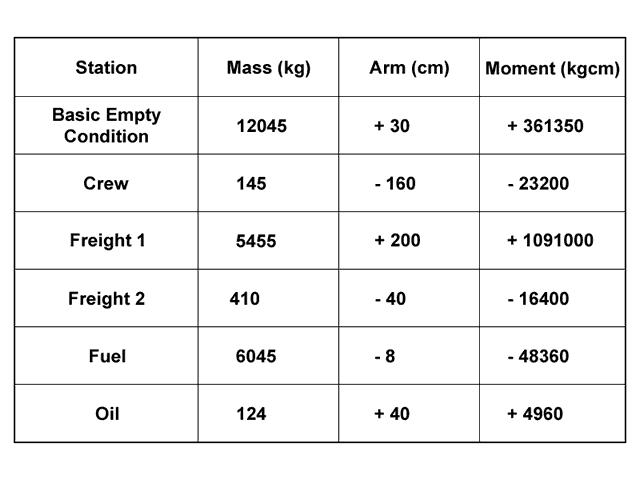 1000 kg, 24 min.
1000 kg, 24 min. Given .planning data as shown in the flight log excerpt fuel planning section ?
Question 97-2 : 5987 kg 5510 kg 6470 kg 7427 kg
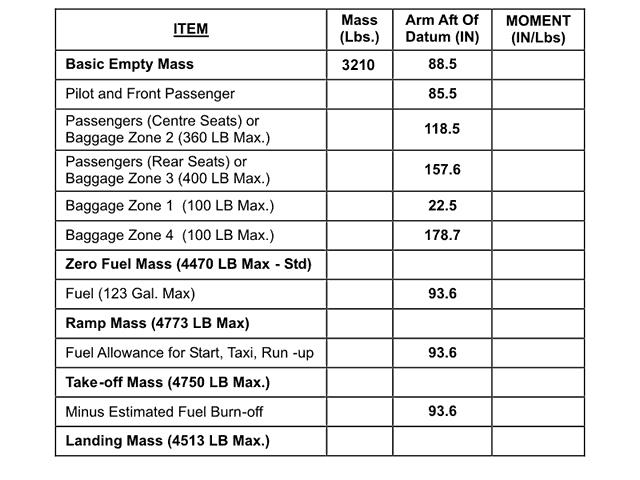 5987 kg.
5987 kg. Flight planning chart for an aeroplane states that the time to reach fl 190 at ?
Question 97-3 : 53 nm 61 nm 79 nm 85 nm
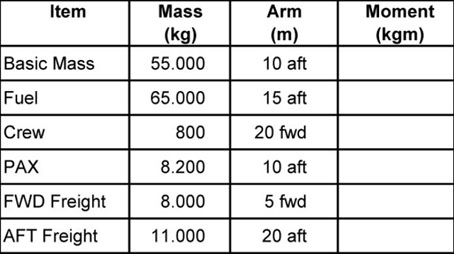 53 nm.
53 nm. At reference or see flight planning manual mrjt 1 figure 4 5 3 1.given twin jet ?
Question 97-4 : 420 kt 433 kt 431 kt 418 kt
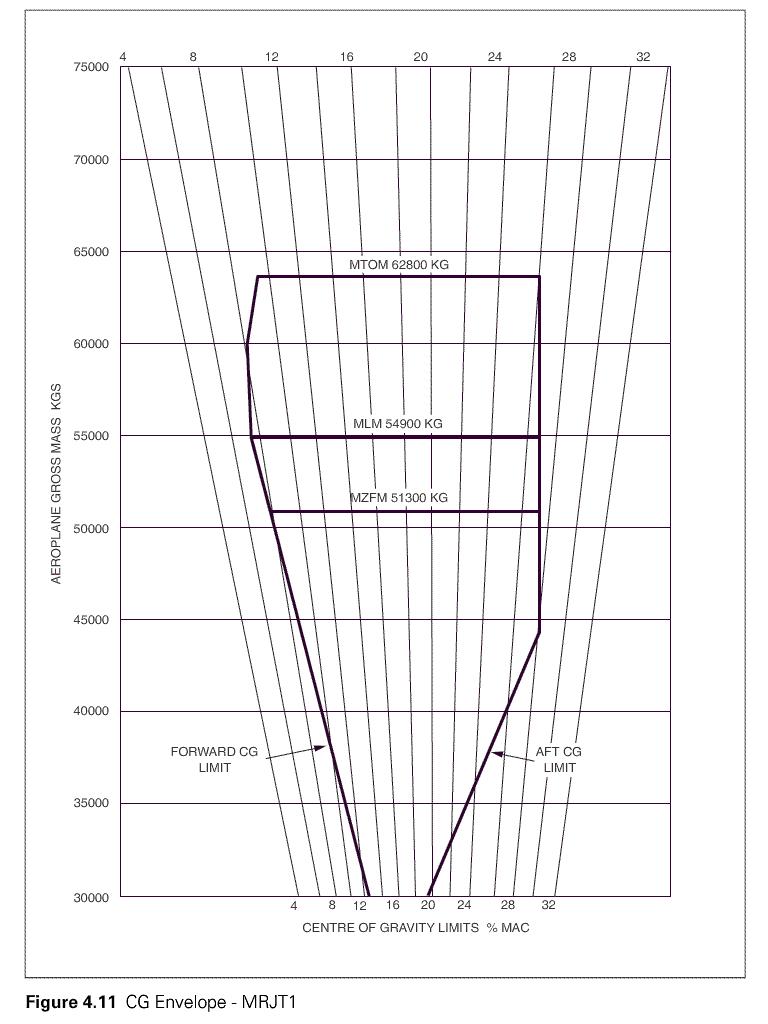 420 kt.
420 kt. At reference or see flight planning manual mrjt 1 figure 4 5 3 1. given long ?
Question 97-5 : Tas 432 kt 227 nam tas 422 kt 936 nam tas 422 kt 227 nam tas 432 kt 1163 nam
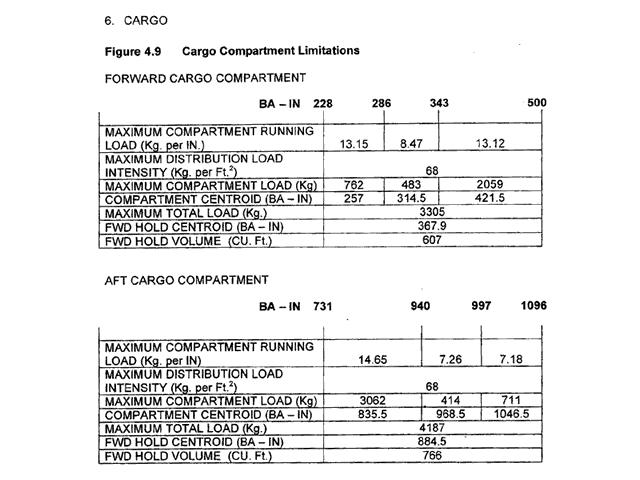 Tas 432 kt, 227 nam.
Tas 432 kt, 227 nam. During an ifr flight in a beech bonanza the fuel indicators show that the ?
Question 97-6 : 12 minutes 4 minutes 44 minutes 63 minutes
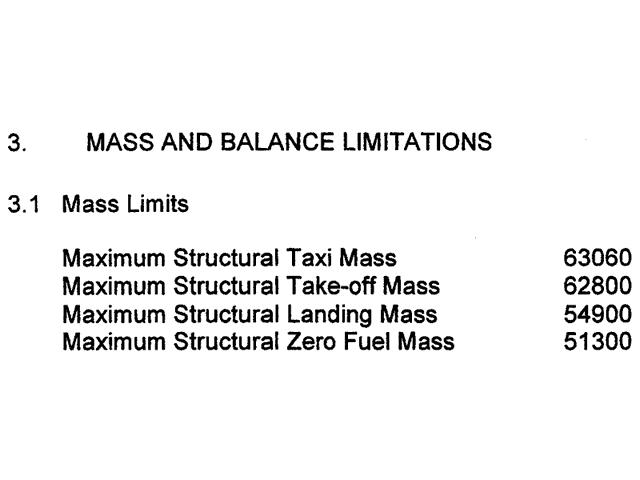 12 minutes.
12 minutes. Given .planning data as shown in the flight log excerpt fuel planning section ?
Question 97-7 : 5440 kg 6070 kg 5080 kg 7240 kg
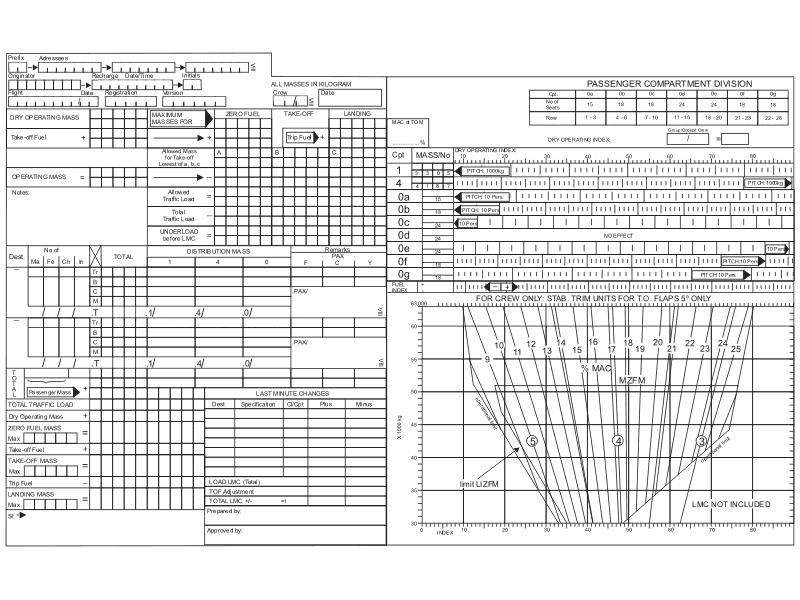 5440 kg.
5440 kg. At reference or see flight planning manual mrjt 1 figure 4 3 1c.for a flight of ?
Question 97-8 : 35 kt 15 kt 70 kt 0 kt
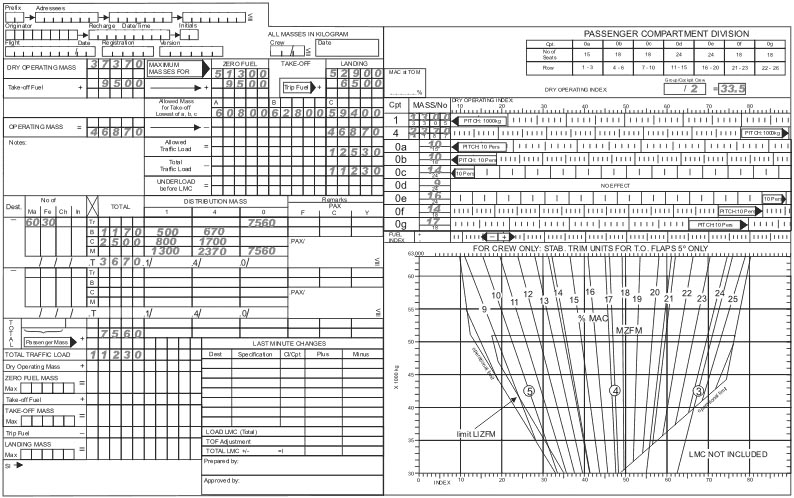 35 kt.
35 kt. At reference or see flight planning manual mrjt 1 figure 4 5 3 2. find the fuel ?
Question 97-9 : 2300 kg/h 1150 kg/h 2994 kg/h 1497 kg/h
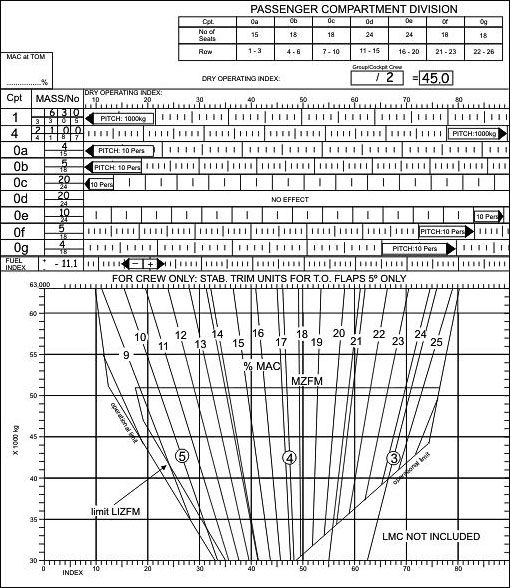 2300 kg/h
2300 kg/h At reference or see flight planning manual mrjt 1 figure 4 3 1c. within the ?
Question 97-10 : By 5% by 5% by 8% by 7%
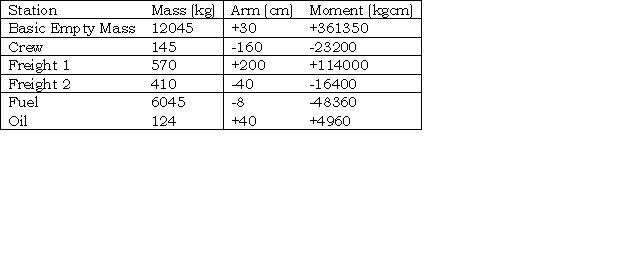 By -5%
By -5% At reference or see flight planning manual mrjt 1 figure 4 3 6. in order to ?
Question 97-11 : Distance in nautical miles nm wind component landing mass at alternate distance in nautical air miles nam wind component landing mass at alternate distance in nautical miles nm wind component zero fuel mass distance in nautical miles nm wind component dry operating mass plus holding fuel
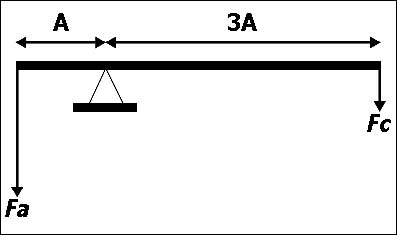 Distance in nautical miles (nm), wind component, landing mass at alternate
Distance in nautical miles (nm), wind component, landing mass at alternate During a vfr flight at a navigational checkpoint the remaining usable fuel in ?
Question 97-12 : 30 3 us gallons/hour 33 0 us gallons/hour 37 9 us gallons/hour 21 3 us gallons/hour
At reference or see flight planning manual mrjt 1 figure 4 3 1c.for a flight of ?
Question 97-13 : By 7 6% by 2 3% by 3 6% by 5 3%
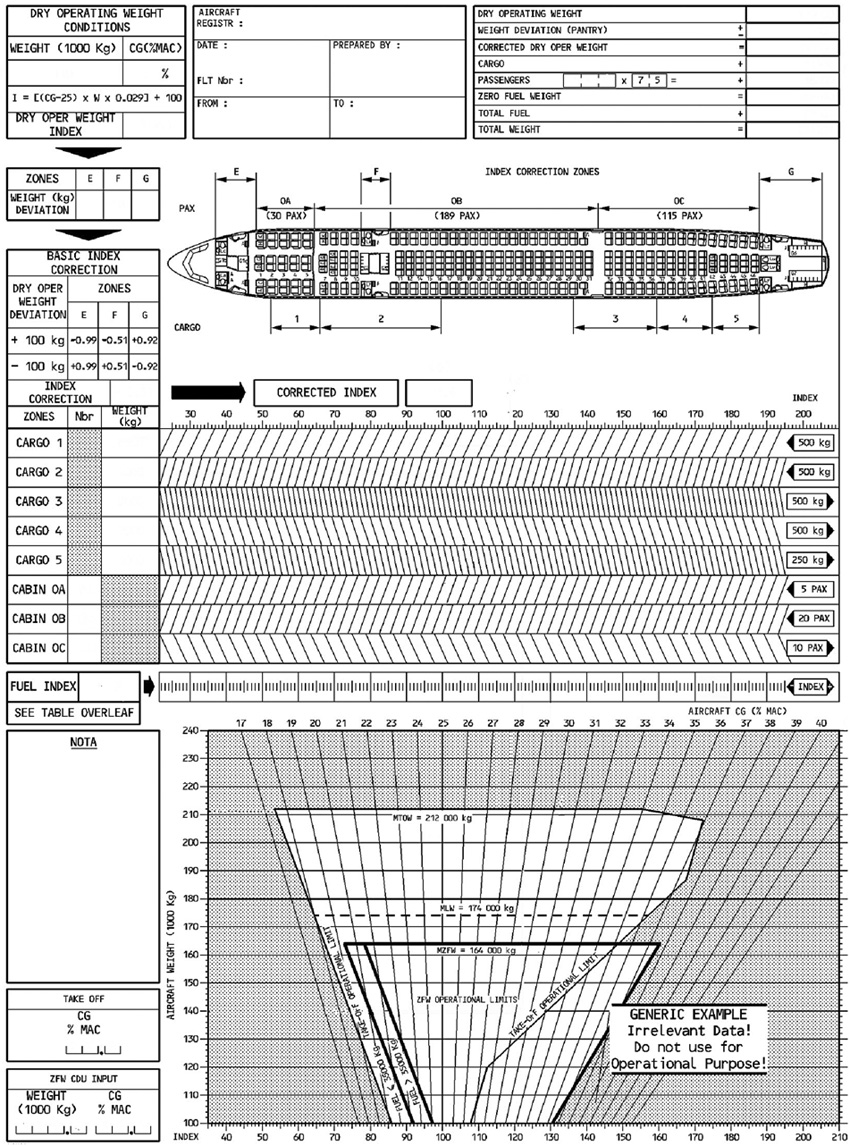 By 7.6%.
By 7.6%. At reference or see flight planning manual mrjt 1 figure 4 3 6.given .distance ?
Question 97-14 : 2500 kg 2750 kg 3050 kg 2900 kg
An aeroplane is on an ifr flight the flight is to be changed from ifr to vfr is ?
Question 97-15 : Yes the pilot in command must inform atc using the phrase 'cancelling my ifr flight' no you have to remain ifr in accordance to the filed flight plan no only atc can order you to do this but only with permission from atc
 Yes, the pilot in command must inform atc using the phrase 'cancelling my ifr flight'.
Yes, the pilot in command must inform atc using the phrase 'cancelling my ifr flight'. See flight planning manual mrjt 1 figure 4 5 2 and 4 5 3 1 . given .distance c ?
Question 97-16 : 3700 kg 3400 kg 3100 kg 4000 kg
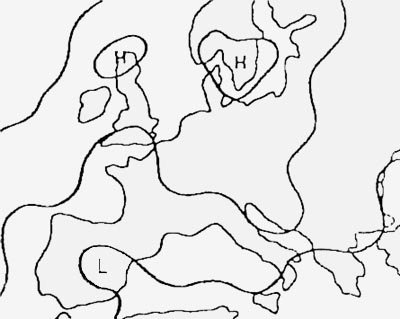 3700 kg.
3700 kg. Flight planning manual mrjt 1 figure 4 5 4.a descent is planned at 74/250kias ?
Question 97-17 : 150 kg 290 kg 278 kg 140 kg
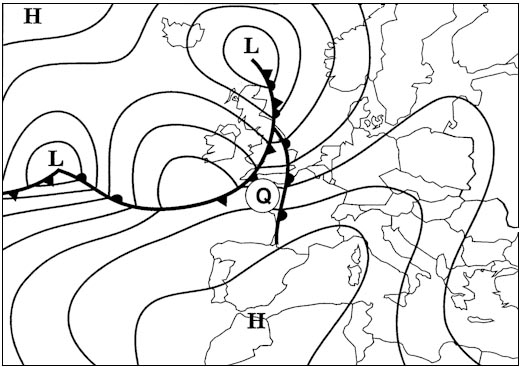 150 kg.
150 kg. At reference or see flight planning manual mrjt 1 figure 4 7 3.given .diversion ?
Question 97-18 : A 860 nm b 3h 20 min a 1000 nm b 3h 40 min a 760 nm b 4h 30 min a 1130 nm b 3h 30 min
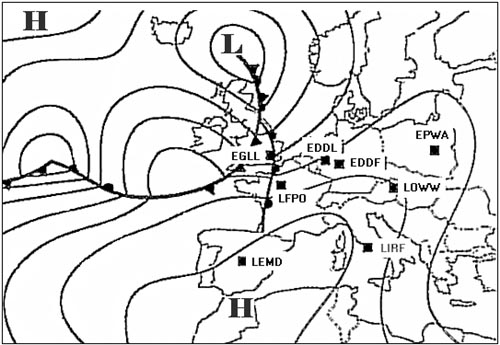 (a) 860 nm (b) 3h 20 min.
(a) 860 nm (b) 3h 20 min. For a planned flight the calculated fuel is as follows .flight time 2h42min ?
Question 97-19 : 25 kg trip fuel and 8 kg reserve fuel 33 kg trip fuel and 10 kg reserve fuel 23 kg trip fuel and 10 kg reserve fuel 33 kg trip fuel and no reserve fuel
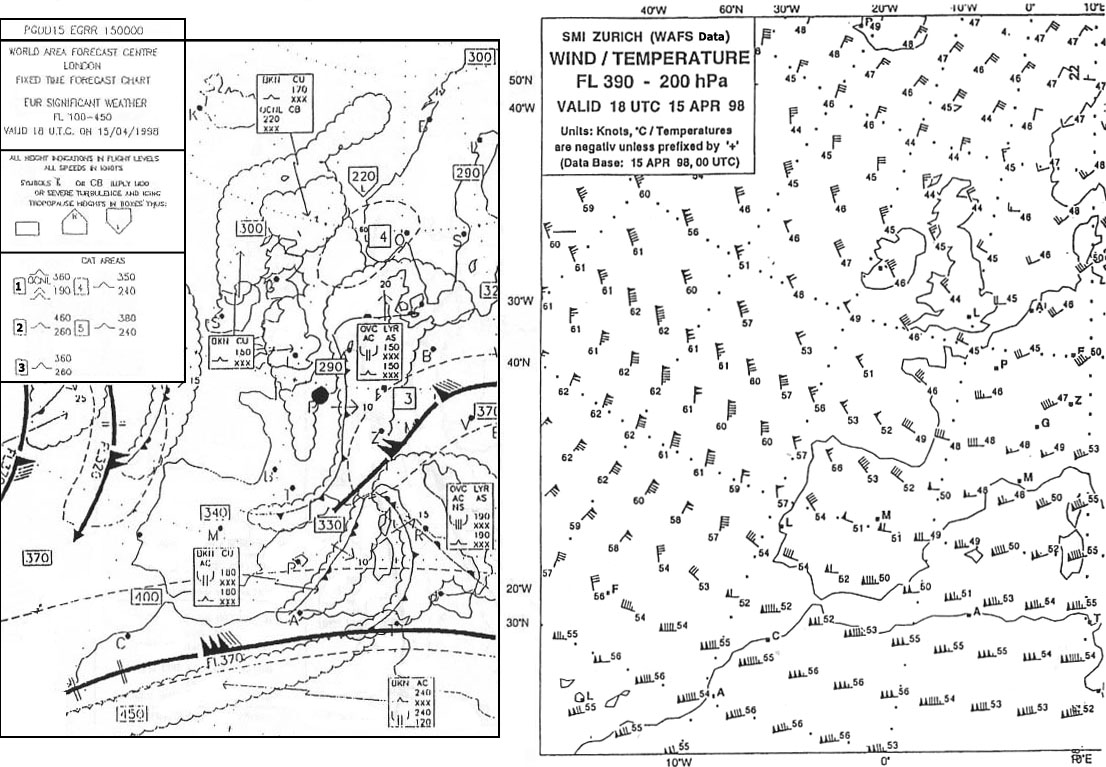 25 kg trip fuel and 8 kg reserve fuel.
25 kg trip fuel and 8 kg reserve fuel. An aircraft is flying at mach 0 84 at fl 330 .the static air temperature is ?
Question 97-20 : 0 8 m 0 78 m 0 76 m 0 72 m
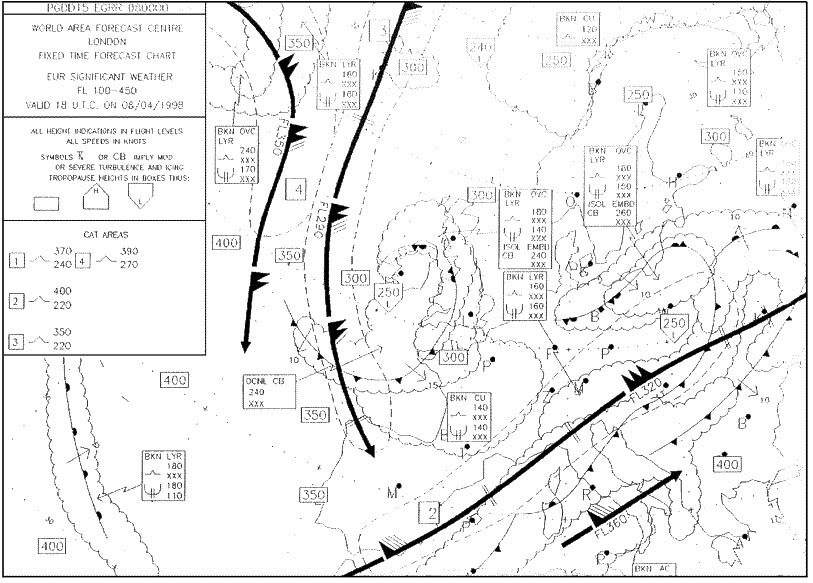 0.8 m
0.8 m You must fly ifr on an airway orientated 135° magnetic with a msa at 7800 ft ?
Question 97-21 : Fl90 fl80 fl75 fl70
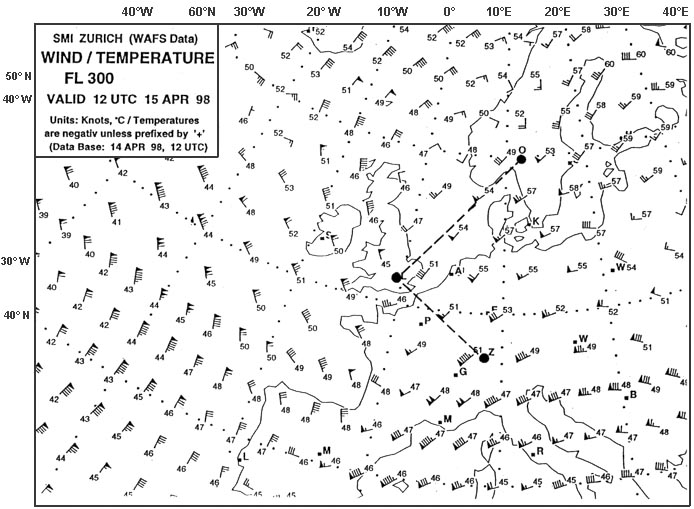 Fl90.
Fl90. An aircraft following a 215° true track must fly over a 10 600 ft obstacle ?
Question 97-22 : Fl 140 fl 130 fl 150 fl 120
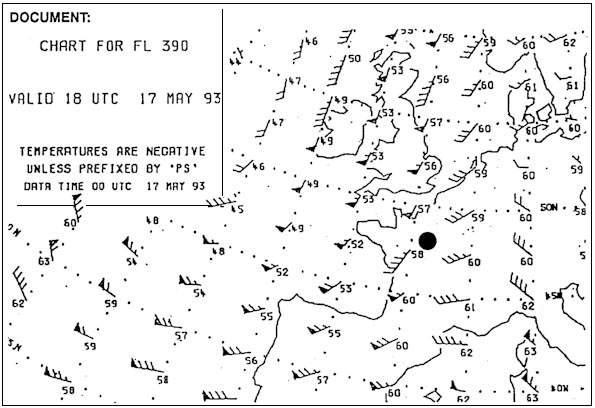 Fl 140.
Fl 140. Given .dry operating mass 33000 kg .traffic load 8110 kg .final reserve fuel ?
Question 97-23 : 42195 kg 41110 kg 42210 kg 42312 kg
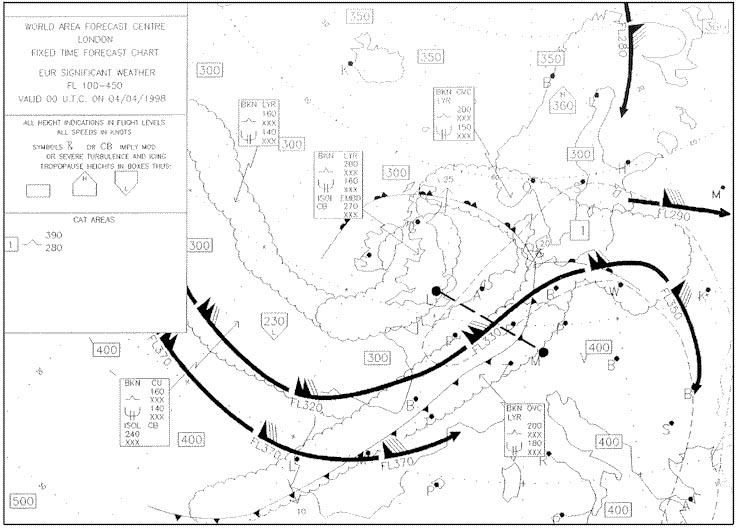 42195 kg.
42195 kg. At reference or see flight planning manual mrjt 1 figure 4 5 4.planning an ifr ?
Question 97-24 : 19 min 17 min 8 min 10 min
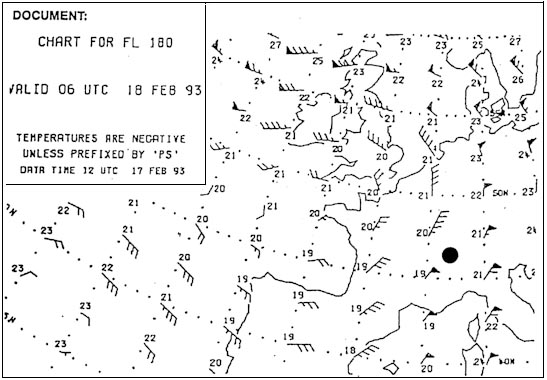 19 min.
19 min. At reference or see flight planning manual mrjt 1 figure 4 4.given .twin jet ?
Question 97-25 : 1180 kg 2360 kg 1150 kg 2300 kg
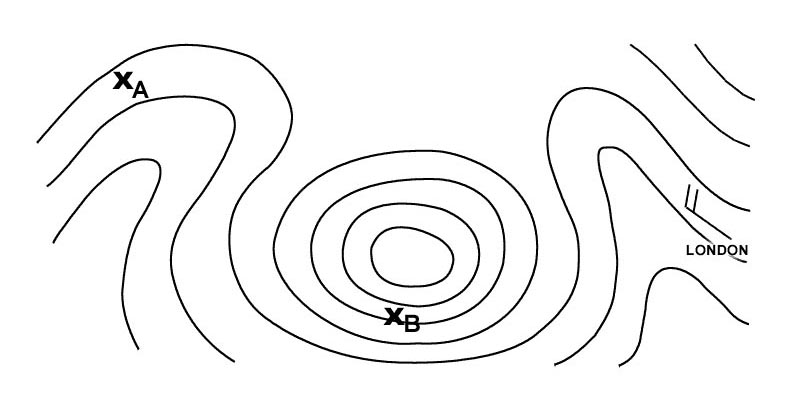 1180 kg.
1180 kg. Given .planned and actual data as shown in the flight log excerpt .arriving ?
Question 97-26 : 1300 kg 2910 kg 1510 kg 380 kg
 1300 kg.
1300 kg. Given .planned and actual data as shown in the flight log excerpt .arriving ?
Question 97-27 : 1720 kg 2305 kg 1450 kg 790 kg
 1720 kg.
1720 kg. Given .fl 370.mach 0 74.oat 47°c.the tas is ?
Question 97-28 : 434 kt 424 kt 415 kt 428 kt
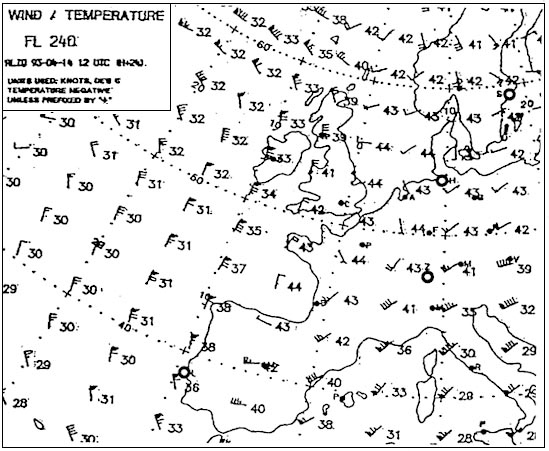 434 kt.
434 kt. The still air distance in the climb is 189 nautical air miles nam and time 30 ?
Question 97-29 : 174 nm 203 nm 188 nm 193 nm
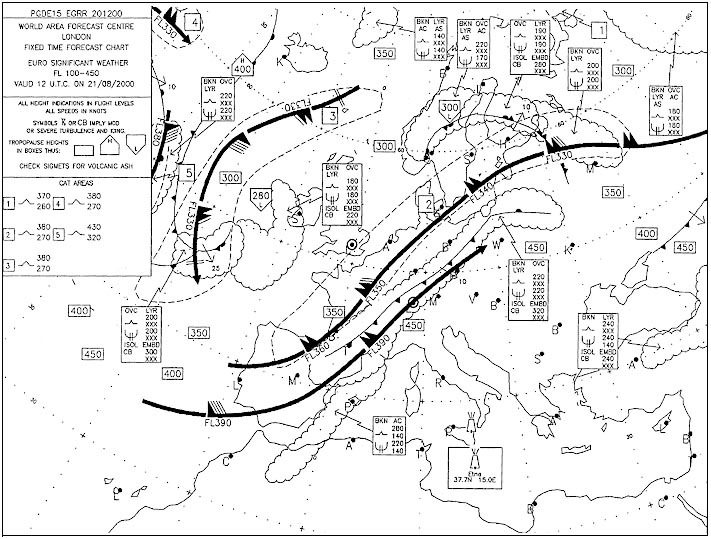 174 nm.
174 nm. At reference or see flight planning manual mrjt 1 figure 4 5 3 1.given long ?
Question 97-30 : Tas 431 kt. 227 nam tas 423 kt. 936 nam tas 423 kt. 227 nam tas 431 kt. 1163 nam
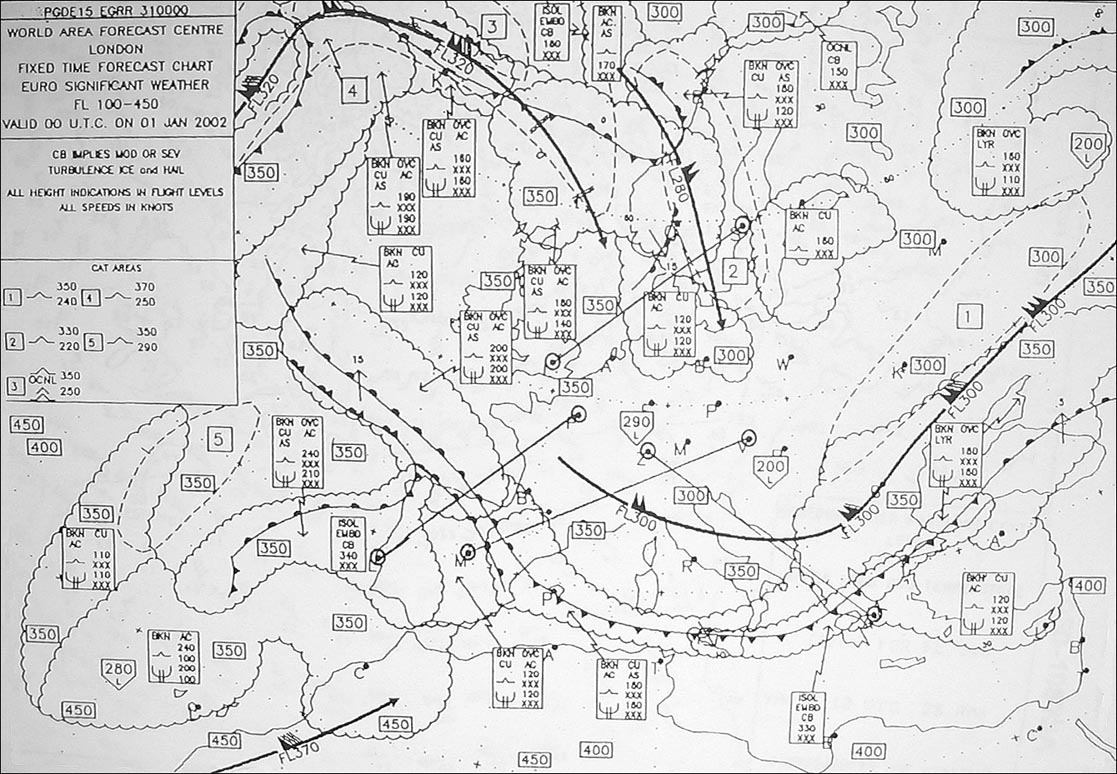 Tas 431 ktxsx 227 nam
Tas 431 ktxsx 227 nam At reference or see flight planning manual mrjt 1 figure 4 3 6.given .estimated ?
Question 97-31 : 1 100 kg.25 min 800 kg.40 min 1 100 kg.44 min 800 kg.24 min
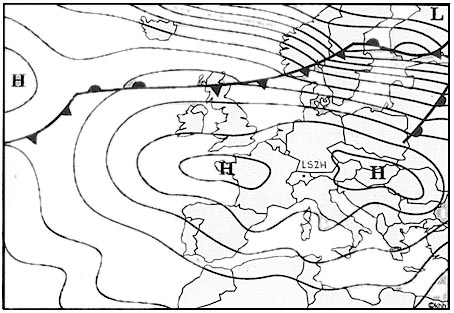 1 100 kgxsx25 min
1 100 kgxsx25 min At reference or see flight planning manual mrjt 1 figure 4 5 1. find time fuel ?
Question 97-32 : 26 min 1975 kg 157 nautical air miles nam 399 kt 26 min 2050 kg 157 nautical air miles nam 399 kt 20 min 1750 kg 117 nautical air miles nam 288 kt 25 min 1875 kg 148 nautical air miles nam 391 kt
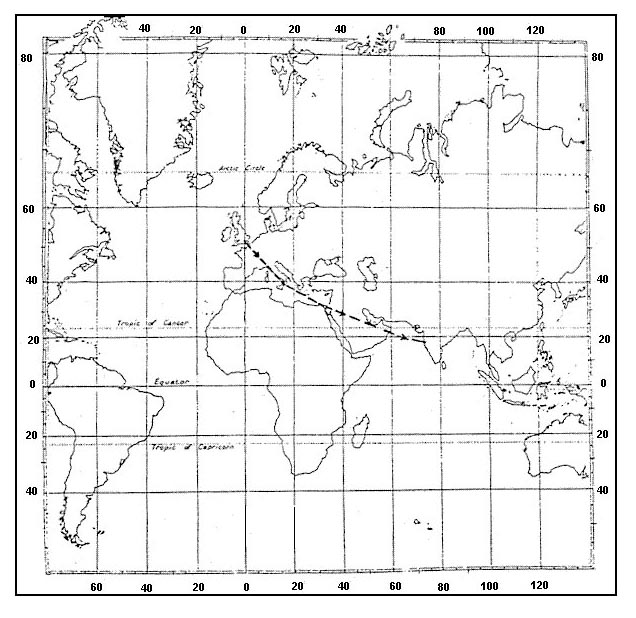 26 min, 1975 kg, 157 nautical air miles (nam), 399 kt
26 min, 1975 kg, 157 nautical air miles (nam), 399 kt Given .planned and actual data as shown in the flight log excerpt .arriving ?
Question 97-33 : 1475 kg 2245 kg 1195 kg 670 kg
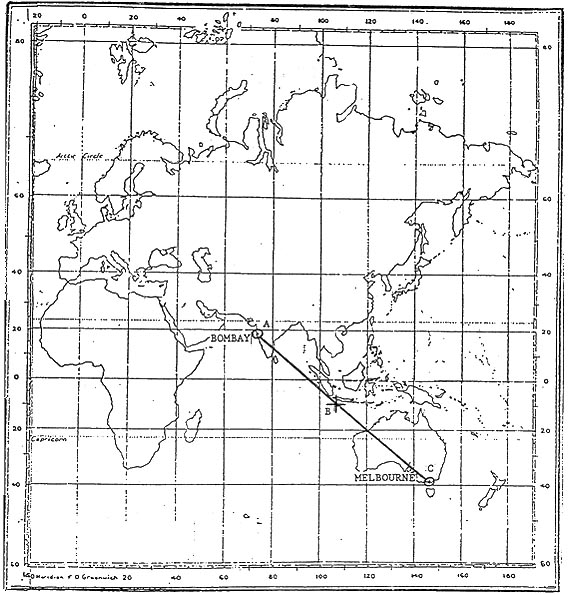 1475 kg
1475 kg At reference or see flight planning manual mrjt 1 figure 4 7 3.given .distance ?
Question 97-34 : 22000 ft 20000 ft 18000 ft 28000 ft
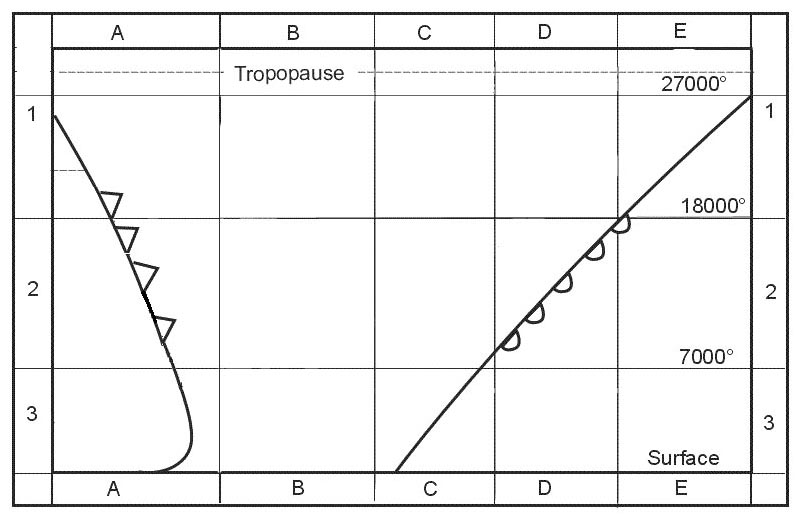 22000 ft.
22000 ft. Planned and actual data as shown in the flight log excerpt .actual ground speed ?
Question 97-35 : 3260 kg 3318 kg 3480 kg 3430 kg
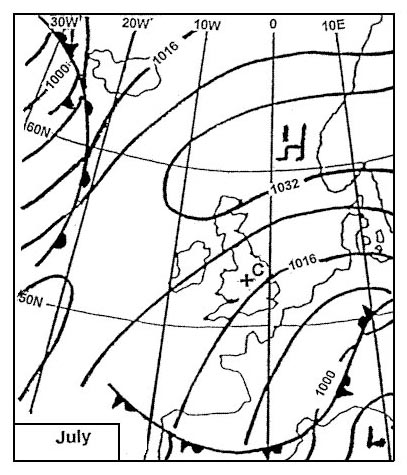 3260 kg.
3260 kg. How many feet you have to climb to reach fl 75 given .fl 75.departure aerodrome ?
Question 97-36 : 6300 ft 6000 ft 6600 ft 7800 ft
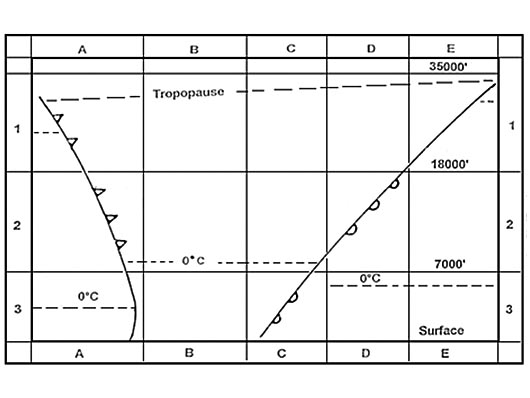 6300 ft.
6300 ft. Given .planned and actual data as shown in the flight log excerpt .arriving ?
Question 97-37 : 1900 kg 2652 kg 1852 kg 1268 kg
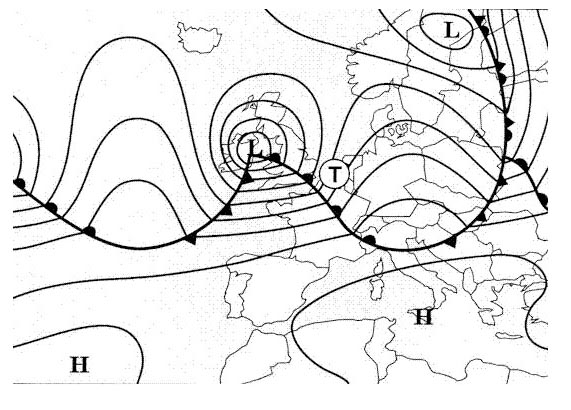 1900 kg
1900 kg At reference or see flight planning manual mrjt 1 figure 4 7 3.given .diversion ?
Question 97-38 : A 4800kg b 2h 03min a 3900kg b 1h 45min a 6200kg b 2h 10min a 4400kg b 1h 35min
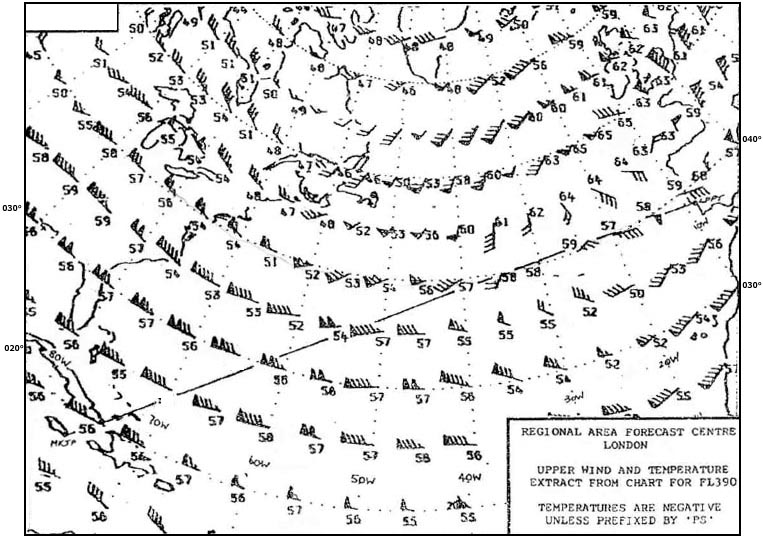 (a) 4800kg (b) 2h 03min.
(a) 4800kg (b) 2h 03min. The fuel plan gives a trip fuel of 65 us gallons .the alternate fuel final ?
Question 97-39 : The remaining fuel is not sufficient to reach the destination with reserves intact at the destination there will still be 30 us gallons in the tanks at departure the reserve fuel was 28 us gallons at destination the required reserves remain intact
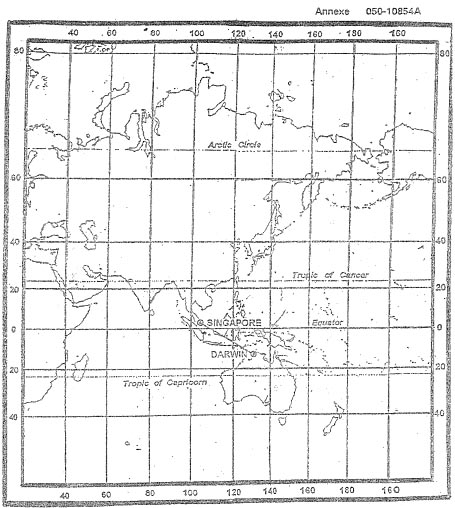 The remaining fuel is not sufficient to reach the destination with reserves intact.
The remaining fuel is not sufficient to reach the destination with reserves intact. At reference or see flight planning manual mrjt 1 figure 4 1.find the optimum ?
Question 97-40 : 35500 ft 36200 ft 36700 ft maximum operating altitude
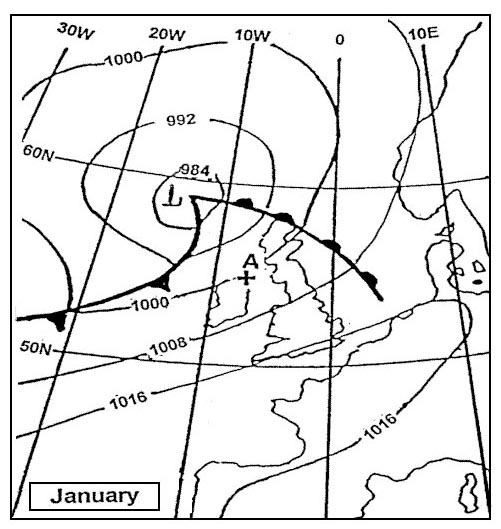 35500 ft.
35500 ft. ~
Exclusive rights reserved. Reproduction prohibited under penalty of prosecution.
3839 Free Training Exam
